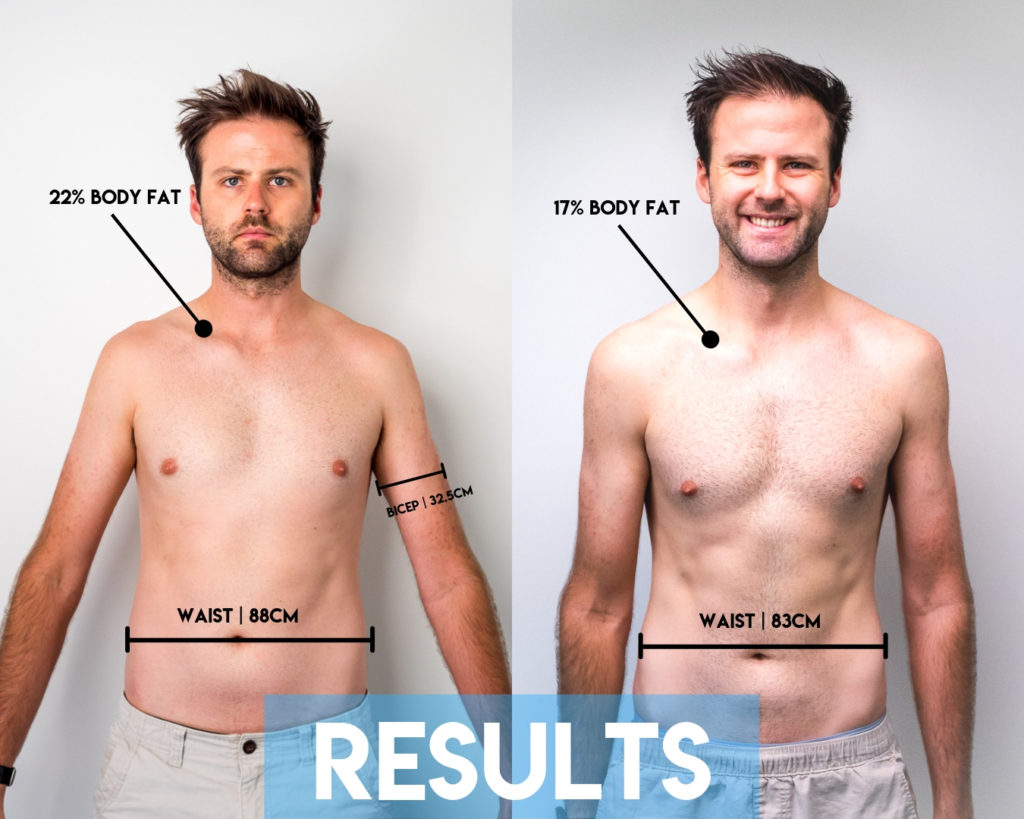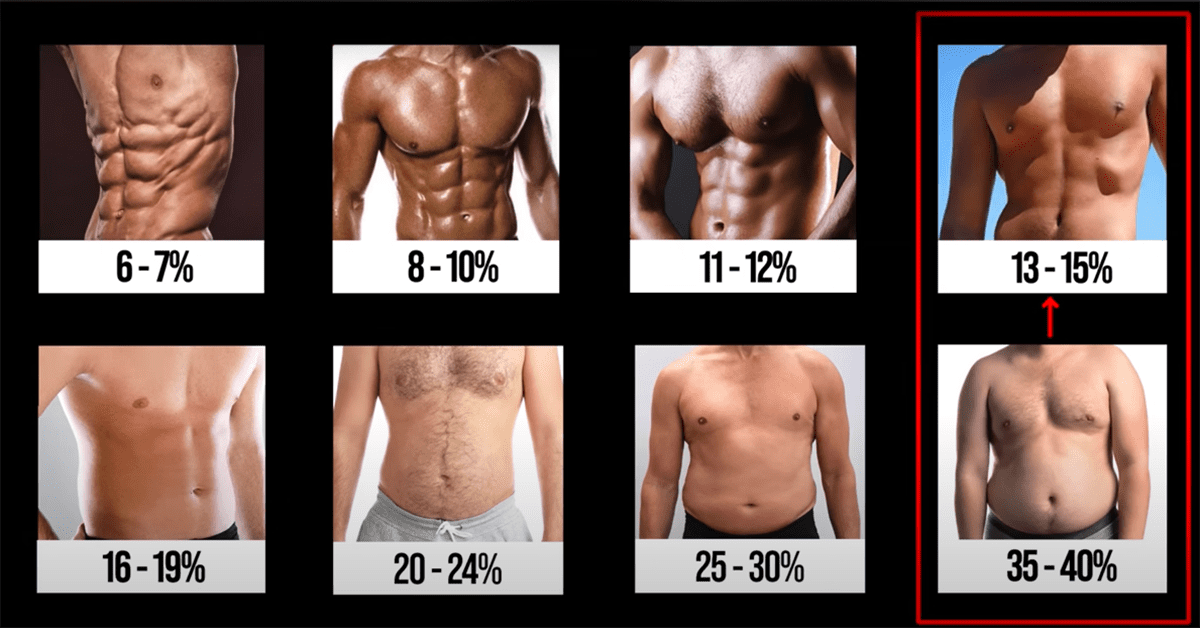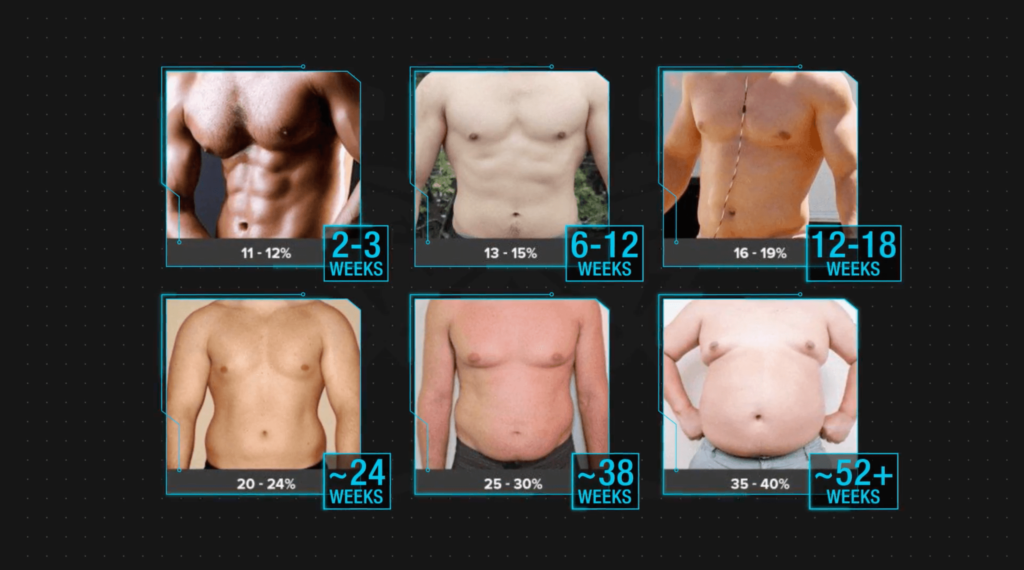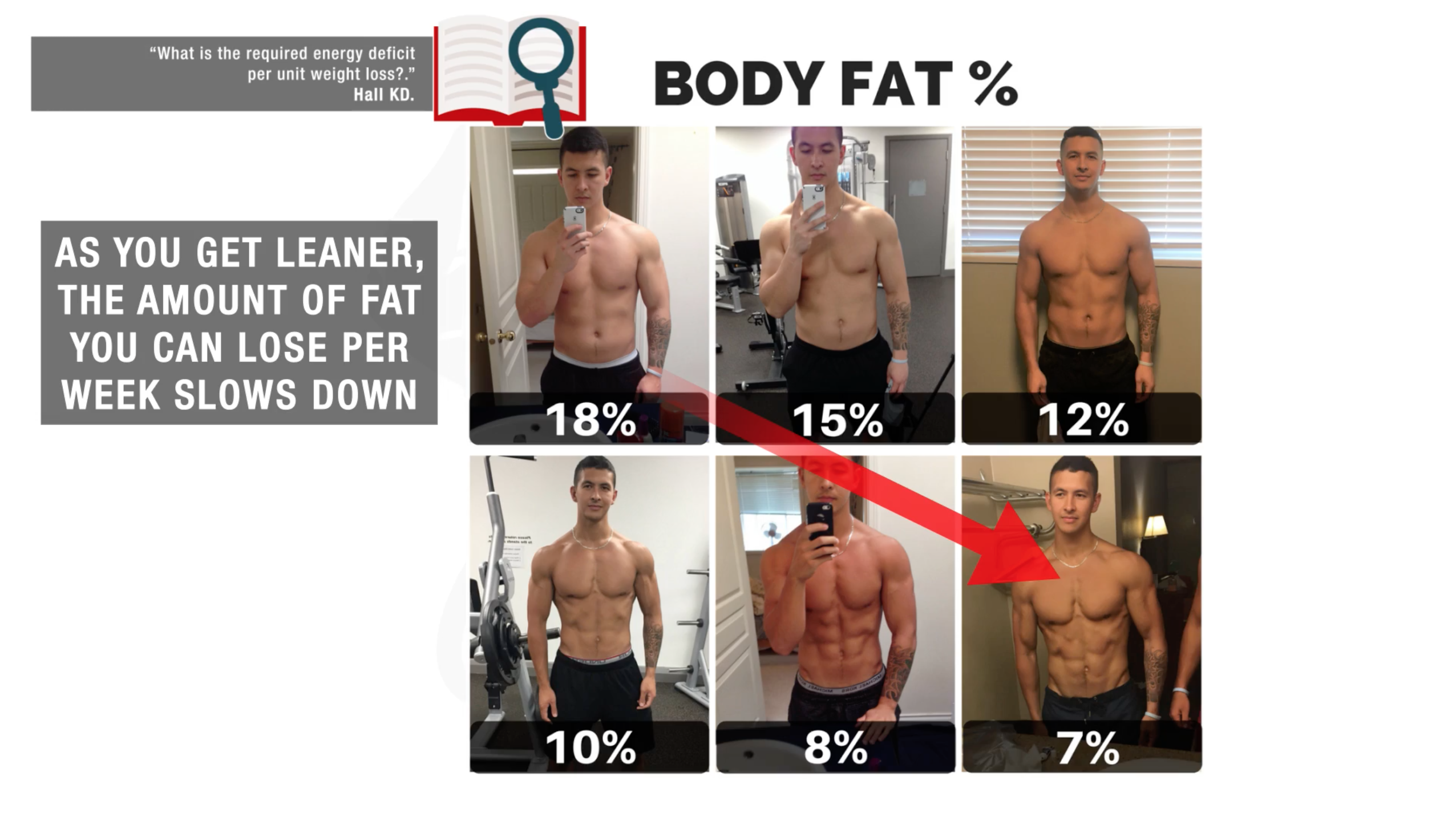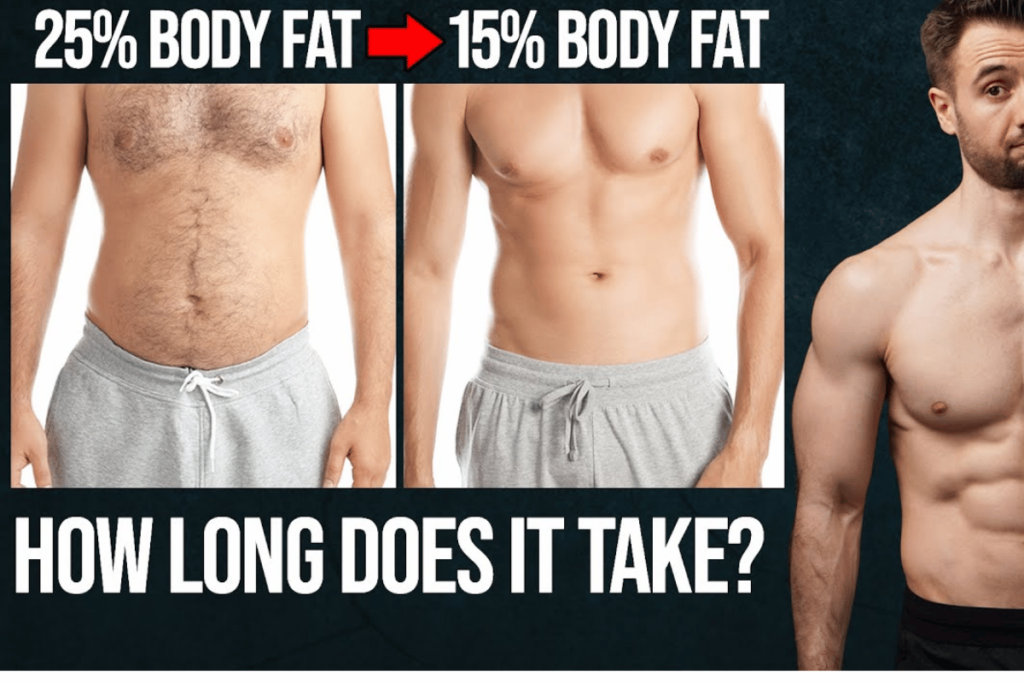How Long Does It Take To Drop Body Fat
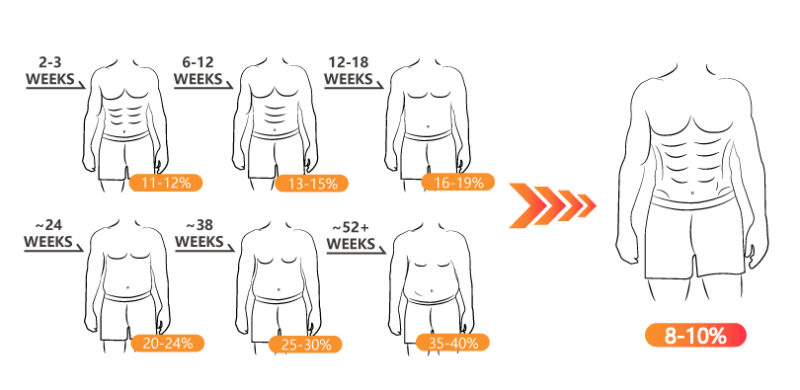
Losing body fat is a common goal, but the timeline for achieving noticeable results varies greatly depending on individual factors and approaches.
The rate at which someone can safely and effectively reduce body fat depends on a complex interplay of diet, exercise, genetics, and lifestyle. Understanding these factors is crucial for setting realistic expectations and developing a sustainable weight loss strategy.
The central question many ask is: How long will it take to see a difference?
Understanding the Variables
Several key elements influence the speed and extent of body fat loss.
Caloric Deficit: At its core, fat loss hinges on consistently consuming fewer calories than you expend. A deficit of 500-1000 calories per day is generally recommended, leading to a weight loss of 1-2 pounds per week, according to the Mayo Clinic. This translates to roughly 3,500 calories equaling one pound of fat.
Dietary Composition: The types of food consumed also matter. Prioritizing protein, complex carbohydrates, and healthy fats can promote satiety and support muscle mass during weight loss. Highly processed foods, sugary drinks, and excessive amounts of refined carbohydrates can hinder progress.
Exercise Regimen: Both cardiovascular exercise and strength training play vital roles. Cardio helps burn calories, while strength training builds muscle, which increases metabolism and helps the body burn more calories even at rest.
Genetics and Metabolism: Individual genetic predispositions and metabolic rates influence how efficiently the body processes and stores energy. Some individuals may naturally find it easier to lose weight than others.
Lifestyle Factors: Adequate sleep, stress management, and hydration are all crucial for optimizing metabolic function and hormone regulation. Chronic stress and sleep deprivation can sabotage weight loss efforts.
Realistic Timelines for Results
It's important to manage expectations when embarking on a fat loss journey.
Initial Phase (1-4 weeks): In the early stages, noticeable changes often occur quickly. This may involve water weight loss and a slight decrease in overall size. A loss of 1-2 pounds per week is a realistic and sustainable goal, according to many health organizations.
Intermediate Phase (1-3 months): As the body adapts, the rate of fat loss may slow down. Consistent adherence to a healthy diet and exercise plan is crucial during this phase. Continued progress will be more visible and measurable.
Long-Term Maintenance (3+ months): Maintaining the achieved weight loss requires ongoing commitment to healthy habits. This phase focuses on establishing a sustainable lifestyle that supports a healthy body composition. Regular monitoring and adjustments to the diet and exercise plan may be necessary.
Expert Opinions
Registered dietitian Sarah Johnson emphasizes the importance of patience and consistency. "Focus on making small, sustainable changes to your diet and exercise routine. Don't expect overnight results," she advises.
Personal trainer Mark Thompson highlights the role of strength training. "Building muscle mass not only improves your physique but also boosts your metabolism, making it easier to burn fat in the long run."
Potential Impact and Considerations
The impact of body fat loss extends beyond just physical appearance.
Improved health markers, such as lower blood pressure, cholesterol levels, and blood sugar, are common benefits. Increased energy levels, improved mood, and enhanced self-esteem are also frequently reported.
However, it's crucial to approach fat loss in a healthy and sustainable manner. Crash diets and extreme exercise regimens can be detrimental to physical and mental health. Consulting with healthcare professionals, such as registered dietitians and certified personal trainers, is recommended to develop a safe and effective plan.
Losing body fat is a marathon, not a sprint. Consistency, patience, and a focus on overall well-being are key to achieving and maintaining long-term success.



